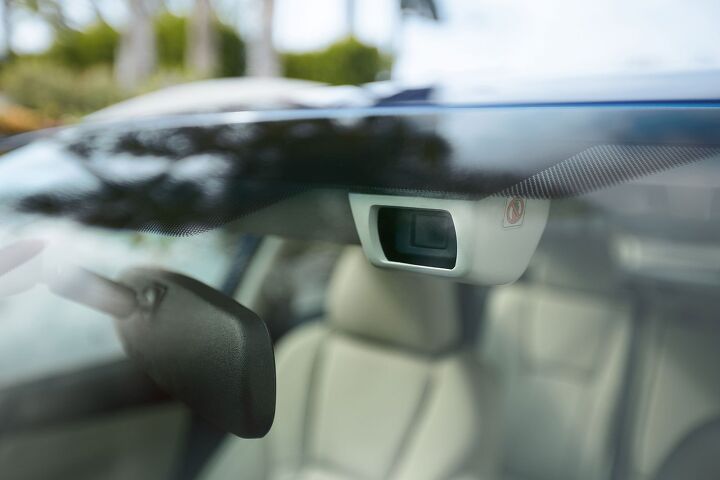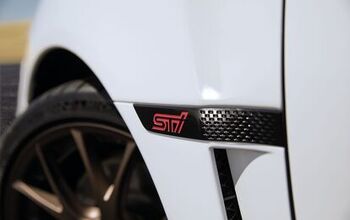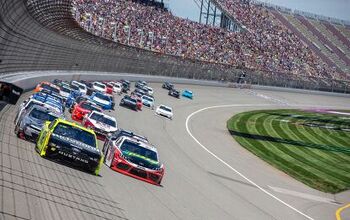What is Subaru EyeSight?

Subaru EyeSight is an advanced driver-assist system developed by Subaru to assist with vehicle safety and driver convenience. This technology, which is available in many Subaru models, utilizes a set of dual, or trio, color cameras placed near the rearview mirror to monitor traffic movement, optimize cruise control, and warn the driver of potential hazards. This article aims to provide a comprehensive understanding of Subaru EyeSight, detailing its functions, components, and benefits. The focus is on presenting this information in a straightforward and factual manner, accessible to those who may not be deeply familiar with automotive technologies.
At its core, Subaru EyeSight is designed to act as an extra set of eyes on the road, aiding the driver in various driving scenarios. The system uses two or three cameras to capture three-dimensional color images, which allow it to recognize objects such as vehicles, pedestrians, cyclists, and lane markings. The information gathered by these cameras is then processed to provide a range of safety and convenience features.
One of the primary functions of Subaru EyeSight is Adaptive Cruise Control (ACC). This feature maintains a set speed and distance from the vehicle ahead, automatically adjusting the speed to keep a safe following distance. This is particularly useful on highways or in traffic situations where speeds can vary. ACC reduces the need for constant manual adjustments of speed by the driver, thus enhancing driving comfort and reducing fatigue.
Another significant component of Subaru EyeSight is Pre-Collision Braking. This feature can detect potential collisions with obstacles in front of the vehicle. If a collision is imminent, the system will alert the driver and, if necessary, apply full braking force to reduce the severity of or, if possible, avoid the collision. This function is crucial in preventing accidents or reducing their impact.
Subaru EyeSight also includes Lane Keep Assist and Sway Warning. Lane Keep Assist can detect lane markings on the road and gently guide the vehicle back into its lane if it begins to drift without signaling. Sway Warning, on the other hand, monitors the vehicle’s position within the lane and warns the driver if it detects swaying or unusual lane departure, which can be signs of driver fatigue or distraction.

The Pre-Collision Throttle Management feature is another part of Subaru EyeSight. It reduces engine power when the system anticipates a frontal collision, helping to minimize potential damage and injury. This feature is particularly useful in scenarios where a driver might accidentally press the accelerator instead of the brake pedal.
Subaru EyeSight is also complemented by additional technologies in some models, such as Blind-Spot Detection, Rear Cross-Traffic Alert, and Reverse Automatic Braking. These features further enhance safety, covering more aspects of driving and parking situations.
In conclusion, Subaru EyeSight is primarily an active safety technology. It combines features like Adaptive Cruise Control, Pre-Collision Braking, Lane Keep Assist, and Pre-Collision Throttle Management to provide a comprehensive safety system. These features work together to enhance the driver’s awareness, reduce the likelihood of accidents, and provide a more comfortable driving experience.
Become an AutoGuide insider. Get the latest from the automotive world first by subscribing to our newsletter here.
This article was co-written using AI and was then heavily edited and optimized by our editorial team.
More by AutoGuide.com Staff































Comments
Join the conversation